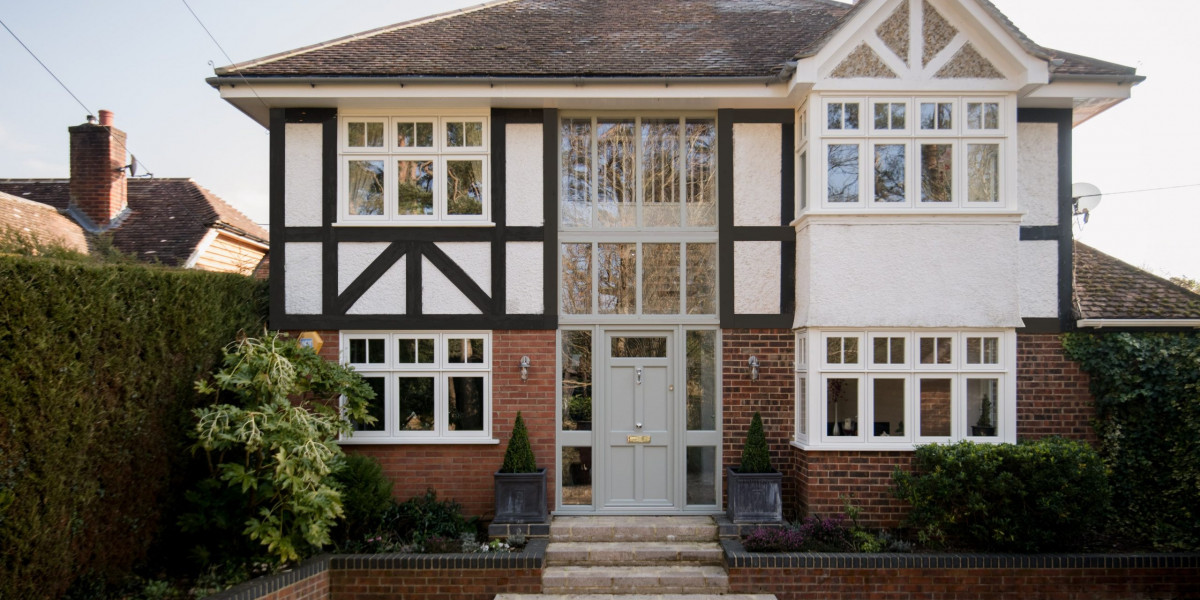In today’s digital age, even something as traditionally personal as matchmaking has transitioned to the online world. Gone are the days of manually writing a marriage profile or depending solely on word of mouth. Today, crafting a marriage bio data online is the first major step in finding a compatible life partner—whether through matrimonial sites, family connections, or social media introductions.
But for many beginners, starting from scratch can feel overwhelming. What should you include? Which format looks best? How do you stand out while keeping it traditional? This starter kit will guide you through everything you need to know.
Understanding the Concept of a Marriage Biodata
A marriage biodata (also called “shadi biodata”) is a formal introduction document that outlines key personal, family, educational, and professional information for the purpose of marriage. It’s usually shared with potential matches or their families during arranged match-making processes.
In the past, biodata was handwritten or typed in a document, printed, and handed over during meetings. Today, with the rise of matrimony platforms and WhatsApp groups, most people now create and circulate their marriage bio data online.
Why Go Online for Marriage Biodata?
Creating your biodata online offers several benefits:
Convenience: No more manual typing or printing. Everything is just a click away.
Custom Templates: You can choose from modern, traditional, or minimalist layouts.
Easy Sharing: Share via email, matrimonial portals, or messaging apps instantly.
Editing Access: Need to update a job title or photo? Do it anytime.
Whether you're seeking a rishta through family, friends, or matrimonial websites, your online biodata becomes your personal portfolio. So, it’s important to make it professional, clear, and presentable.
Essential Components of a Marriage Biodata
Before diving into online creation tools, you must understand the core elements every biodata should include. These make up your marriage biodata details, which help families decide compatibility quickly.
Here’s a breakdown:
1. Basic Personal Information
Full name
Date of birth and age
Height and weight
Religion and caste/sub-caste
Mother tongue
Marital status (Never married, divorced, widowed, etc.)
Gotra (if relevant to your community)
2. Educational Background
Mention your highest degree, university, and year of graduation. Be brief but specific.
3. Professional Information
List your current job, designation, company, and location. Also, include your income range if culturally appropriate.
4. Family Background
Father’s name and occupation
Mother’s name and occupation
Siblings (number, gender, profession, marital status)
Family values (traditional, moderate, liberal)
5. Lifestyle and Interests
Hobbies and interests
Dietary habits (vegetarian/non-vegetarian/eggetarian)
Smoking and drinking habits
Languages spoken
6. Partner Preferences (Optional but Helpful)
Define what you’re looking for in a partner—age range, education, location, religion, etc.
7. Photographs
A clear, recent, and culturally respectful photo is essential. Avoid selfies or overly edited pictures.
Choosing the Right Format: Traditional vs Modern
When designing your biodata, the format you choose can influence how you are perceived. A shadi biodata format traditionally follows a one-page layout with straightforward sections, arranged neatly with minimal design. It appeals to conservative families and works well in community-based matchmaking.
However, younger Indians are embracing modern layouts that add personality and style without compromising on information. These may include icons, color accents, and even a small “About Me” section in the first person.
If you’re looking for a bio data for marriage simple yet elegant, a single-column, clean format with bold headings and black-and-white color schemes works well across all demographics.
Tools and Platforms to Create Marriage Bio Data Online
Now comes the practical part. Numerous online platforms and tools allow you to build and download your marriage biodata with ease. Some popular choices include:
1. Canva
An easy drag-and-drop graphic design tool where you can find biodata templates or build your own from scratch. Great for those who want a customized or modern look.
2. Microsoft Word / Google Docs
Perfect if you want a simple biodata for marriage using a standard document layout. Multiple free templates are available online in Word format.
3. Matrimonial Websites
Sites like Shaadi.com, BharatMatrimony, and Jeevansathi offer built-in biodata builders as part of their profiles. You can download your profile as a PDF.
4. Online Biodata Makers
Websites such as creativemarriagebiodata.com or biodataformarriage.com provide ready-made formats—both traditional and contemporary. You just input your information and export a file.
Writing Tips for a Great First Impression
Creating a biodata isn’t just about listing facts. The way you present yourself matters.
✅ Keep It Honest
Never exaggerate achievements or hide important facts like past relationships or health conditions. Transparency builds trust.
✅ Use Clear Language
Avoid jargon or complex words. Simple, polite, and clear descriptions go a long way.
✅ Tailor for the Audience
If you know the biodata will be seen by traditional families, avoid flashy designs. For urban or progressive families, a touch of creativity might be appreciated.
✅ Keep It Short
Ideally, your biodata should be one page—maximum two. The key is relevance, not word count.
Mistakes to Avoid
While building your biodata, here are common errors beginners make:
Using informal language or emojis
Skipping important biodata details like family background
Low-quality or inappropriate photos
No proofreading—typos and grammar mistakes
Including irrelevant information (e.g., social media handles)
Avoiding these mistakes can instantly make your profile more appealing.
The Role of Biodata in Today’s Matchmaking
While the traditional arranged marriage process remains strong, expectations have evolved. Families today are looking for compatibility beyond religion and caste. Education, values, lifestyle habits, and career ambitions now play major roles. A well-crafted biodata can bridge this gap by presenting a complete yet concise picture of who you are.
Even for those using dating apps or meeting independently, a structured shadi biodata can serve as a backup introduction to send to families when things get serious.
Final Thoughts
For Indian singles and families stepping into the marriage process, building a marriage bio data online is more than a formal requirement—it’s your first chance to introduce yourself sincerely and professionally. From selecting the right format to inputting authentic marriage biodata details, every step matters.
Whether you're opting for a shadi biodata format rooted in tradition or leaning toward a bio data for marriage simple and modern look, the goal remains the same: to create a clear, respectful, and attractive representation of your life and values.













